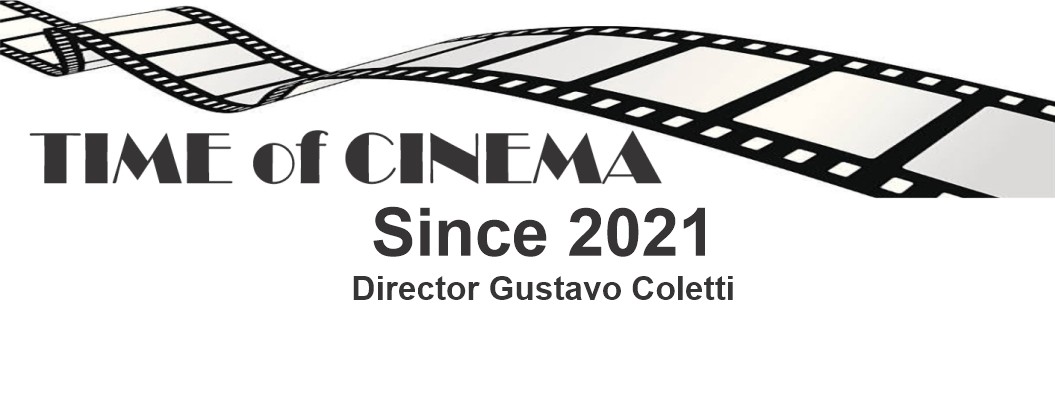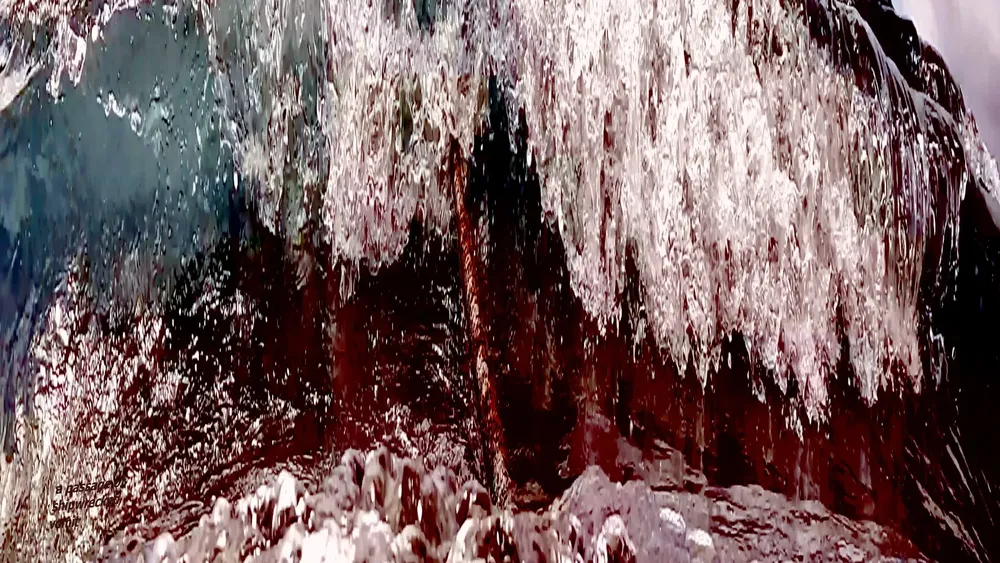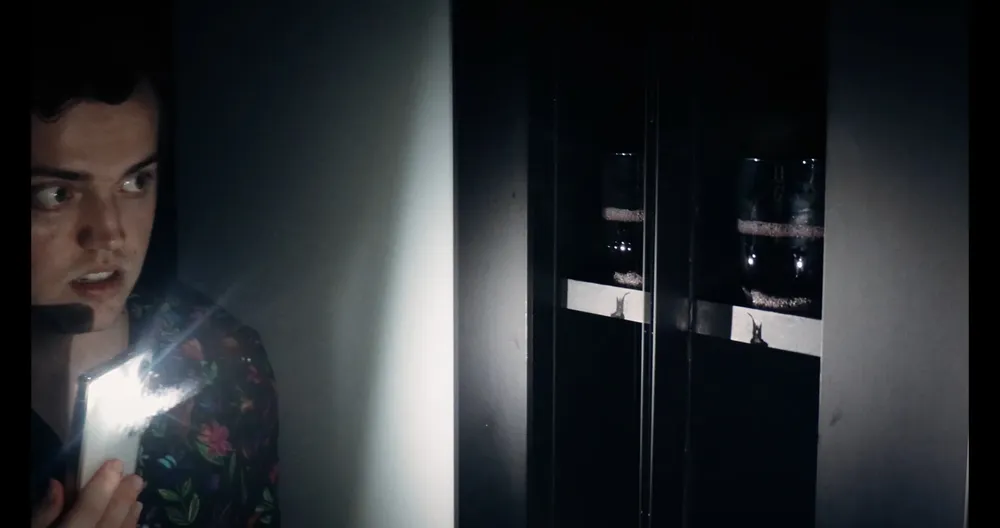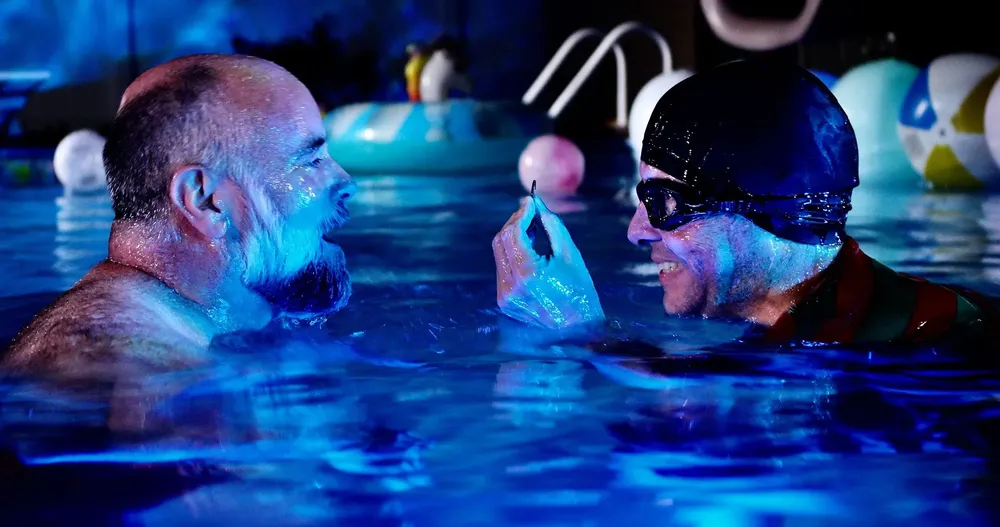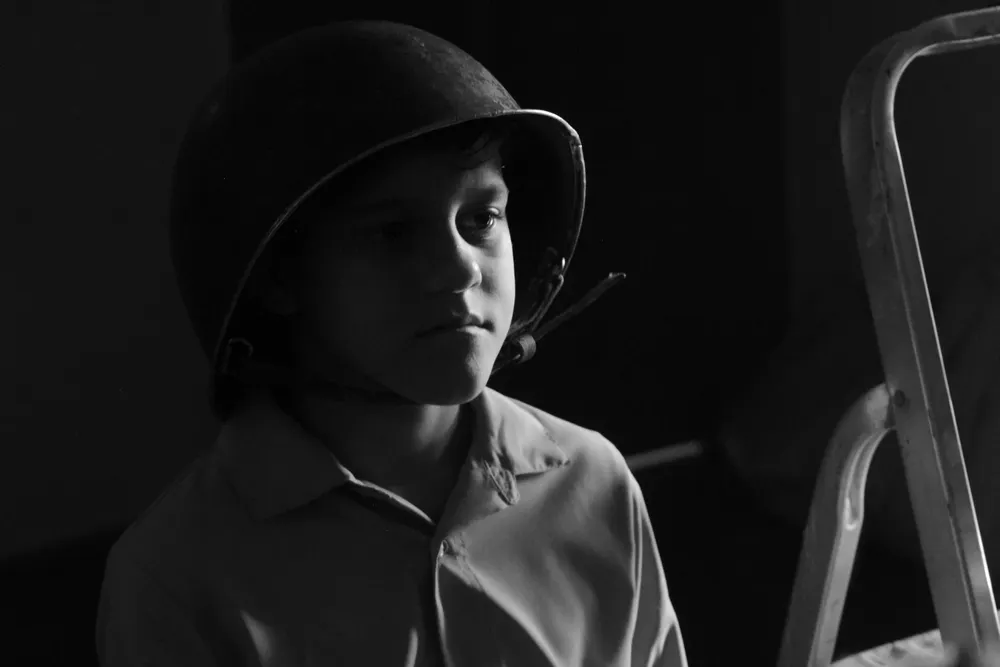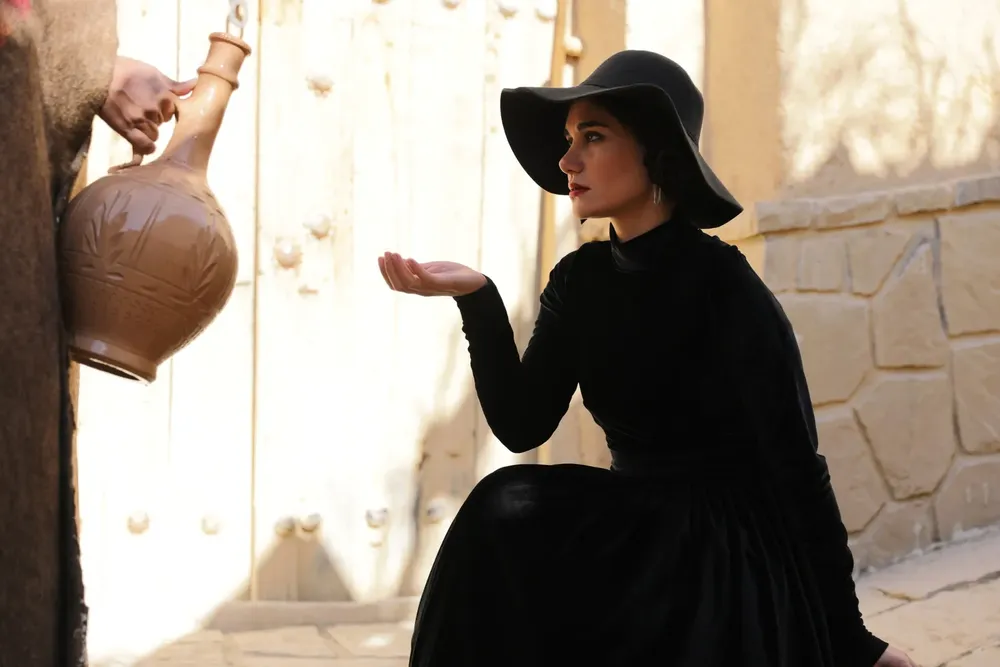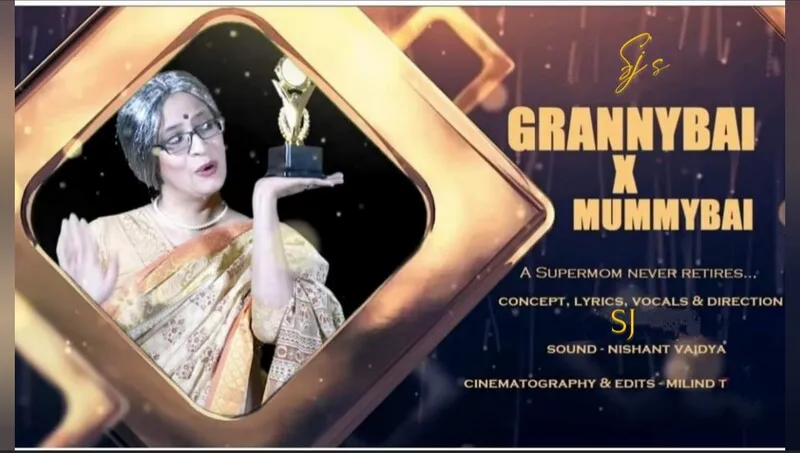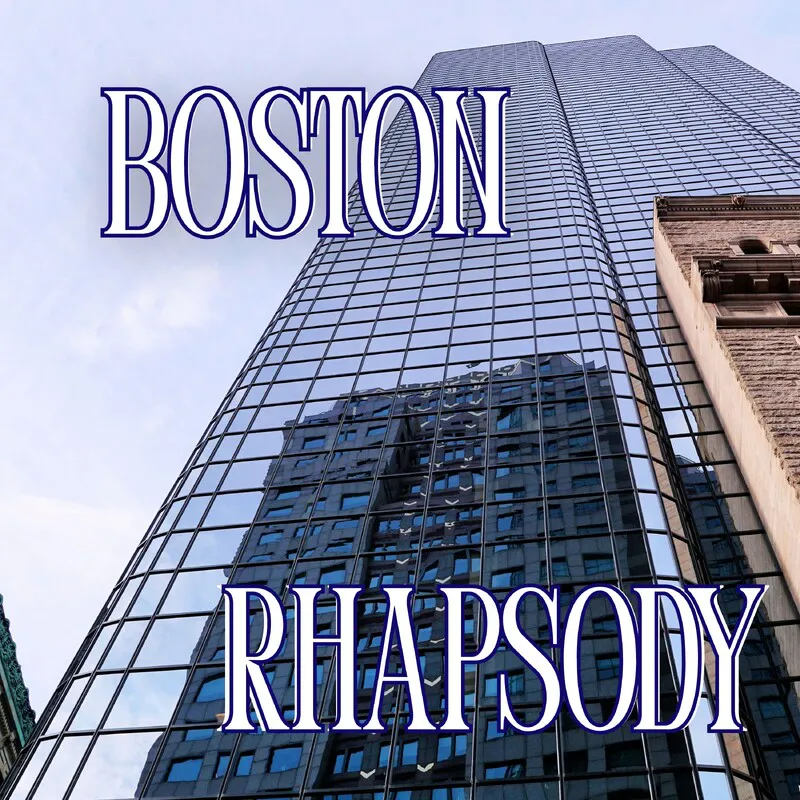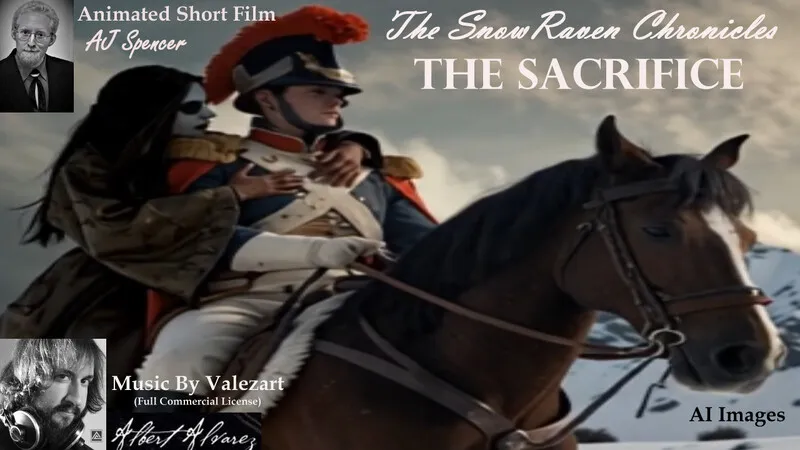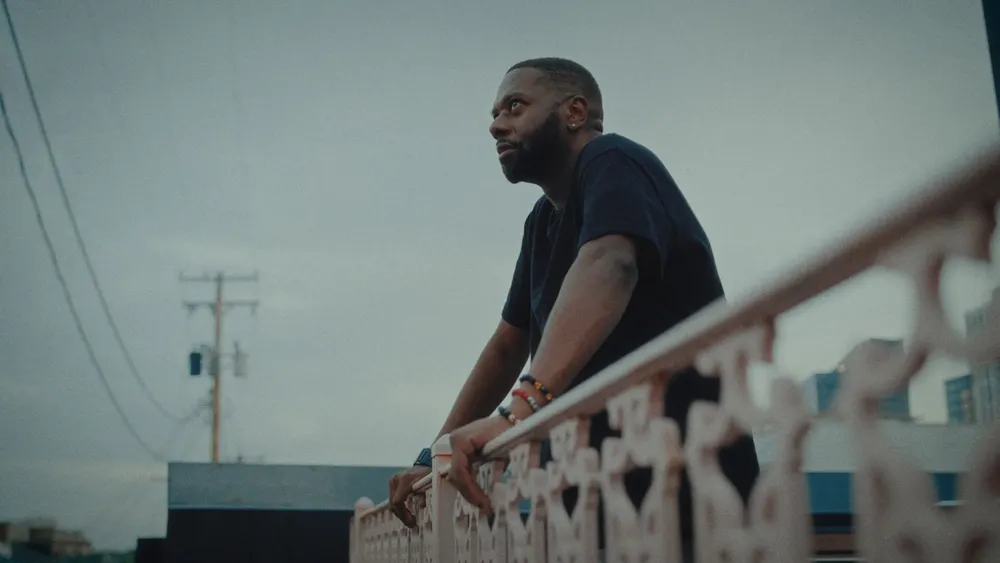
'A Mind-Blowing Journey To The Back Of The Mind': William Hurt's Theatrical Debut Is A Visionary Cult Horror Classic
REVIEWS JORGE LOSER Google translation from Spinof spanish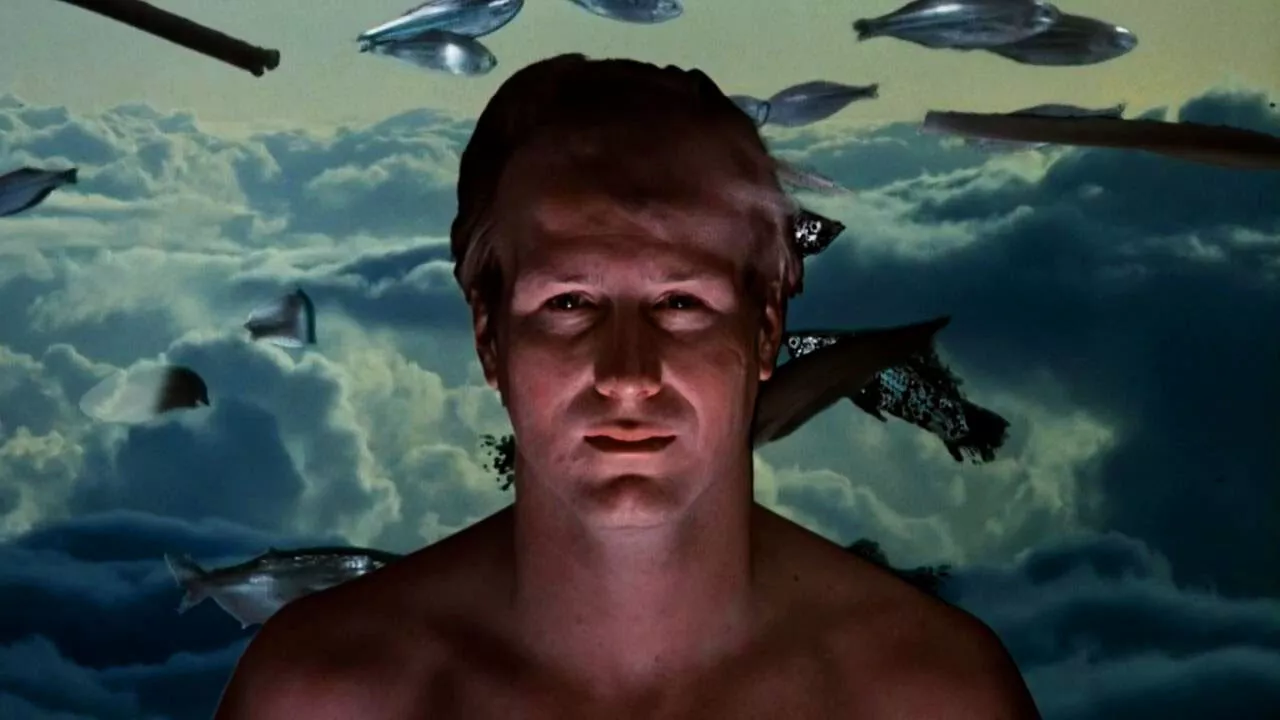
'Amazing Journey to the Back of the Mind ' (Altered States, 1980) was the feature film debut of the recently deceased William Hurt, who managed to deliver a riveting performance as a deranged character in a piece about consciousness, religious experience, evolution and the very meaning of humanity. A work of horror and science fiction full of wild imagery, hallucinatory trips, religious, evolutionary and parascientific exploration.
The film is based on the novel Paddy Chayefsky, the three-time Oscar-winning screenwriter of ' Network ' (1976), who adapted his own novel for the screen, although he was so dissatisfied with the final results that he removed his name from the credits. The director of ' Bonnie and Clyde ' (1967), Arthur Penn, was originally going to be the director, guiding the project during most of the pre-production, and already with disagreements with Chayefsky, Penn left and the producers looked for a director visually imaginative to take charge.
They finally settled on Ken Russell, who rose to fame in the early 1970s for his biographies of famous classical composers and artists like ' Mahler ' (1974) or Franz Listz, in ' Lisztomania ' (1974), a filmography full of insane excesses that exploded in a big way in his sensational masterpiece ' The Devils ' (The Devils, 1971). William Hurt claimed that he knew little about him before they worked together and tells an amusing anecdote about their meeting :
"We were in a small room and there was a radiator and a small desk and a chair and we didn't sit for half an hour, neither of us. Finally he sat on the radiator and I sat on the floor. When he did, his eyes went up. pants and I saw that she was wearing Betty Boop socks. That's when I thought, 'I'm in.'"
Hurt plays Eddie Jessup, a Harvard physiologist who used to experience religious visions as a teenager and is now studying the phenomenon of hallucinations caused by sensory deprivation in isolation tanks. His investigations into the nature of consciousness eventually lead him to an isolated tribe in Mexico that uses a powerful psychedelic mushroom in ancient Toltec religious rituals. When he combines the magic mushrooms and the isolation tank, he discovers that the mixture regresses him to a previous evolutionary state.
In the late '60s, there was a flood of acid trip movies that became a brief fad for a coupleyears, but the concept of 'Amazing Journey to the Back of the Mind' emerges as something of a collision between that cinema and camp films of the caveman of the 1950s like ' The Neanderthal Man ' (The Neanderthal Man, 1953) or ' Monster on the Campus ' (1958) and a science fiction of thought experiments and their sequels like ' The Mind Benders' (1962).
Acid-era characters like Timothy Leary and Carlos Castaneda were joined by Dr. John Lilly, who invented the isolation tank and experimented with drug use himself before moving on to his infamous research on communicating with humans. dolphins Lilly tells the story of a fellow researcher who took ketamine and believed that he had become "pre-hominid" and was being stalked by a leopard, which was presumably at the core of the genetic regression idea.
The film's title refers to "altered states of consciousness" or "altered states of mind," that is, any state that is medically significantly different than a normal waking beta wave state. The term was first used around 1966 by Arnold M. Ludwig and entered the popular lexicon around 1969, when Charles Tart used it to describe induced changes in a person's mental state.
Chayefsky seemed to have taken the film's drug-addled, cosmological mind-trips so seriously that his assumption is scientifically naive: the notion of modern man physically transforming into his ancestor through the use of a drug is reasonable on an abstract level, but so absurd that Russell revels in the delusion of the idea , interpreting scientific treatises as monomaniacal soliloquies of characters speaking at the same time or spitting them out between mouthfuls of food or sips of wine.
Perhaps because of that almost fantasy interpretation, which is bored with attempts to provide coherence to the theoretical bases of the plot engine, the screenwriter did not want to sign the film. However, Russell did not touch any words of the script, which is very faithful to the novel , because he would have been sued, so he resolved the parts that he did not get along with by transforming them into murmurs of self-important people, encoded in such a way as to create the effect Contrary to what could be interpreted when reading it.
The truth is that controversial decisions or not, at the end of the 70s there was no director better prepared to make a science fiction and horror film about psychotropic drugs that provoke religious visions than Ken Russell, who reviewed the Christian blasphemies of his filmography and he used what he learned from the psychedelic trips of ' Tommy ' (1975), his famous musical by The Who, as well as trying "magic mushrooms" himself during the film's production, which reportedly resulted in a bad trip.
Unholy visions and atavistic horrors
But maybe that bad experience turned out for the better. The most powerful aspect of 'Amazing Journey to the Back of the Mind' is its surreal travel scenes. Fast-paced montages filled with grotesque horror imagery , such as depictions of William Hurt flying through the stratosphere consumed by a flaming crucifix, a beautiful sequence featuring nude bodies eroded by sandstorms, or doomed souls plunging en masse into pits in flames in collage scenes taken from the silent version of ' Dante's Inferno ' (1924).
Landscapes that seem to be from a Dalí painting, symbolic images, fish swimming in the sky behind Hurt, a unicellular organism that explodes in an explosion of shapes and colors and while he remembers the terrible agony of his father, which led him to reject the idea of God in adolescence, reconnects with religious visions such as the crucified lamb with seven eyes and seven horns, which may be an impious, satanic and irreverent image, but actually comes directly from the Book of Revelations (Revelation 5:6):
“…In the midst of the elders stood a Lamb as if slain, having seven horns and seven eyes…”
Jessup's Toltec ritual begins his true journey and there are little moments and memories that will continue to haunt his consciousness, like when he hallucinates that he has grown an opposable toe in the shower. The search for the ultimate goal is acquiring a transcendental cosmological grandeur that connects with the quasi-religious magic of the unknown that ' 2001: A Space Odyssey ' (1968) had, and in this one there is a similar climax, with explosive fluorescent amoebas that would represent the testimony of the Big Bang, the ultimate end of the experiments that take the psyche back in time.
But 'Amazing Journey to the Back of the Mind' is not just a drug trip movie and, as if it were a modern version of ' The Strange Case of Dr. Jekyll and Mr. Hyde ', it analyzes the “scientific” processes of separation of the self, and, while Robert Louis Stevenson's novel focuses on the investigation surrounding Hyde's crimes, R ussell explores the set of consequences through theory, in the words of his character :
“Memory is energy, it doesn't just disappear. He's still there. There is a physiological pathway to our former consciousnesses… I believe that true self, that original self, that first self is something real, measurable, quantifiable, tangible and embodied… and I am going to find that son of a bitch.”
If our atoms are six billion years old, we have six billion years of memory in our minds, the idea of transformation through molecular memory until experiencing the moment of creation seems like homeopathic theory, but in reality it has much to do with works by Lovecraft and the foundations of cosmic horror , so the idea that moves the character and the horrors he experiences is not very different from that of ' The man with X-rays in his eyes ' (X: The Man with the X-Ray Eyes, 1963), by Roger Corman.
But here the visions begin to physically transform Jessup literally, undergoing a full-blown regression, transforming into an ape-like creature, which puts a strange twist for the story, which while maintaining its premise of experiments with things that man i shouldn't know has mad doctor movie interludes , with hominids and grotesque transformations almost like in a little anthology of sci-fi horrors.
The most essential subject of humanity
The subplot has Blair Brown as the beautiful and charming anthropologist wife of the scientist, who deliberately ignores her giving the film a hard emotional center, since the protagonist does not make it easy to empathize with him. Emily's presence broadens the themes and meaning of the film, which have often been debated, presenting many interpretations, between the myth of Orpheus and Eurydice or even the story of Mary and Jesus . But in reality the text gives some clues with lines like “ We spend our lives convincing ourselves that we are alive. And one way to do that is by loving each other, like I love you . "
As in many works that turn the theme of the cosmos, heavily influenced by Carl Sagan, 'Amazing Journey to the Back of the Mind' concludes that what is really needed to find the original self, your true self, is the most essential of the human experiences: the admission of love, a simple emotion is where he finds his humanity , in a tradition of existentialist fantasy cinema that ends in a similar way, like ' Midnight Mass ' or ' Intellestelar '.
'Amazing Journey to the Back of the Mind' is an update of old exploitation films from the acid era such as ' The Weird World of LSD ' (1967), ' The Acid Eaters ' (1968) and ' The Trip ' ( 1967) by Roger Corman, which offered kaleidoscopic visions, fisheye lenses, mind-blowing colors, and the opportunity to show scantily clad actresses. Russell made the best work in that subgenre because he had the Hollywood budget and the vision to turn hallucinations into art set to haunting music by John Corigliano, and gorgeous photography by Jordan Cronenweth.
A special effects trailer ahead of its time
What is surprising is the great performance of William Hurt in his first experience on the big screen, the commitment to the self-destructive journey of his character is absolutely fascinating , always approaching the nightmares of the film with a frank conviction, spending forty percent of the Nude footage without the rings falling off in scenes biting a bloody gazelle or getting under layers and layers of complicated and bulky makeup.
The film gives us the opportunity to see some of the greatest wonders of the make-up master of ' The Exorcist ' (1973) Dick Smith, who even designed a partial transformation scene, where we see the technique that would revolutionize the industry a year later in ' An American Werewolf in London ' (1981) - The use of air bladders to show painful changes in human physiology that would be used so memorably throughout the '80s in films like ' Howling ' (The Howling, 1981), ' Scanners ' (1981), and ' The Thing ' (The Thing, 1982), among many others.
But 'Journey' not only pioneered traditional special effects, it was among the first to use primitive CGI in the final transformation segments to which a granular energy effect was added in post-production, in addition to creating rotoscope effects. . Not surprisingly, his catalog of monstrosities as a consequence of searching for the last frontier was a great influence on the later work of authors such as David Lynch, especially in his ' Twin Peaks: the return ', its H-bombs and glass boxes. .
The legacy of a fascinating journey
Another author who owes him more than meets the eye is David Cronenberg . Not only does it have many points in common with the ideas of ' Videodrome ' (1983) and its exploration of forbidden places of consciousness through body horror, but also with the nightmare about drug use ' Naked Lunch ' (Naked Lunch, 1991) and, above all, ' The fly ' (The Fly, 1985), with which he shares the meticulous delight in the most shocking steps in the process of degradation and metamorphosis of a man, within an unconventional romantic plot with a trace fatalistic melancholy.
The legacy of 'An amazing trip to the back of the mind' has been darkened by the popularity of other contemporaries. At the time it only grossed 19.9 million dollars at the box office against a production budget of 15, not a flop but a mediocre result, however, a few years later, the music video for 'Take On Me' by A-ha used the final scene of this movie and many popular 80's horror movies such as ' Nightmare on Elm Street ' (1984) benefited from the opening to dream horror and characters like Crawford Tillinghast in ' Re-Sonator ' ( From Beyond, 1986) or Frank Cotton in ' Hellraiser ' (1987) are modeled around Jessup's metaphysical obsession.
Currently, the new horror cinema has found a direct reference in Russell's work , as evidenced by the visions of ' The Lords of Salem ' (2012), which even use the same anachronistic style of chromas so distinctive of the British, the psychedelic visions of Ben Wheatley or especially those of Panos Cosmatos films and others from the Spectrevision production company, including ' Color Out of Space ' (2019) and its final energetic fade. Today it can be considered a cult classic that also remains as the work that gave the first chance to a huge talent like William Hurt .
